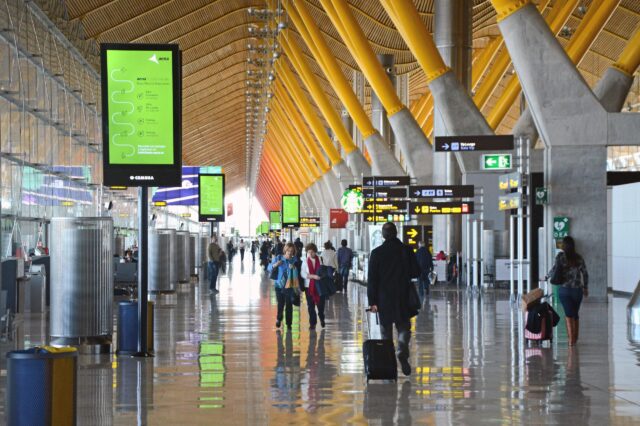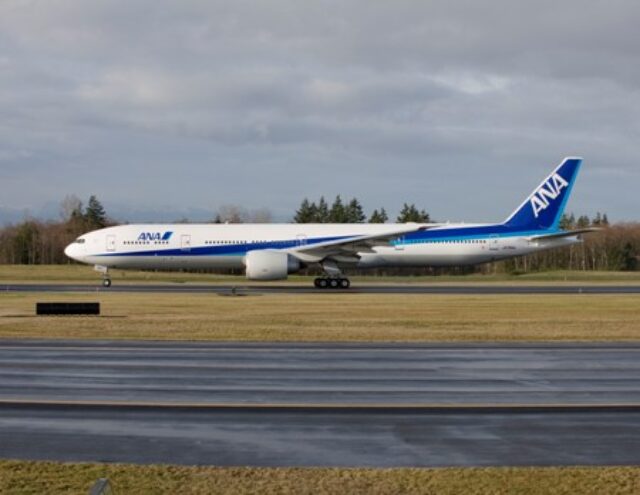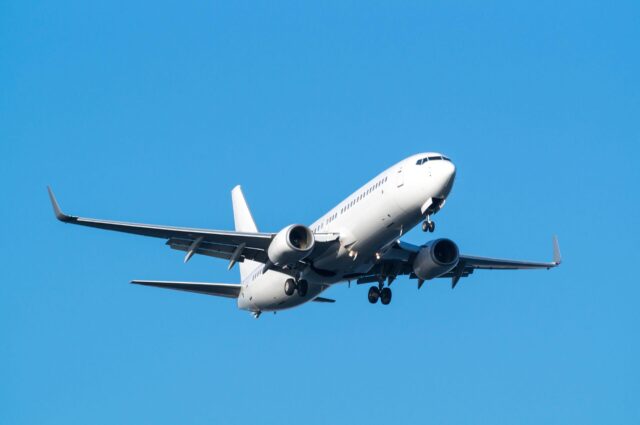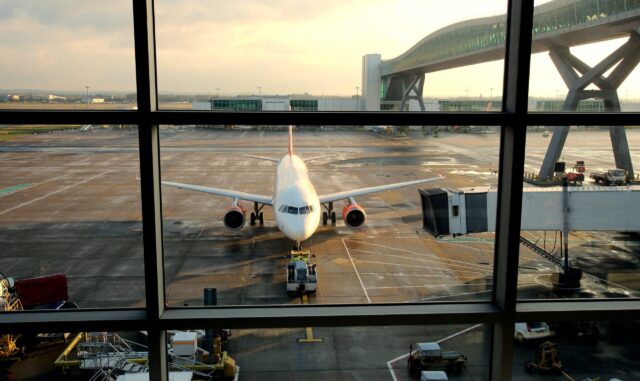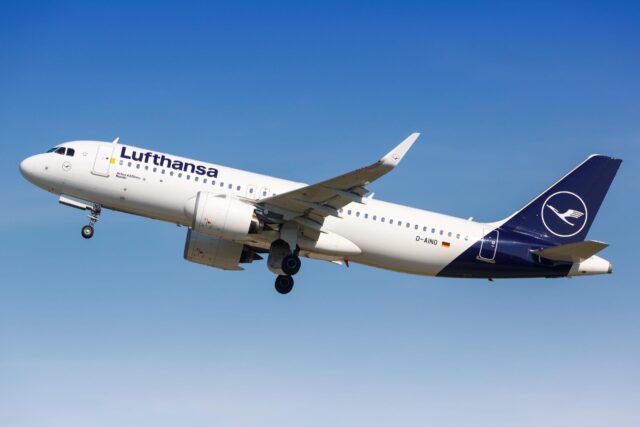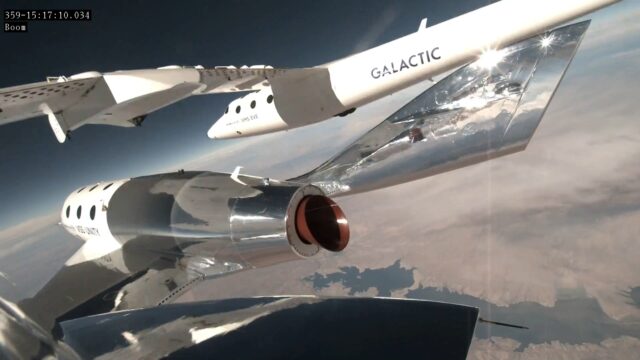US lifts ban on GE engines for COMAC’s C919, but China eyes faster push for homegrown alternatives

July 8, 2025

The reported decision by the United States to lift restrictions on jet engine exports to China marks a pivotal moment for the country’s ambition to challenge airframers Boeing and Airbus in the global aviation market.
It also signals a potential thaw in US-China trade tensions, as Washington and Beijing attempt to navigate a complex balance of economic interdependence and strategic rivalry.
The move allows General Electric (GE) Aerospace and its joint venture with France’s Safran-CFM International to resume shipments of LEAP-1C engines to Shanghai-based Commercial Aircraft Corporation of China (COMAC).

These engines are critical to powering China’s C919 and C909 aircraft, both central to Beijing’s bid for commercial aerospace autonomy.
A strategic resumption, not a full reset
On July 3, Reuters reported that the US has told GE Aerospace that it can restart jet engine shipments to China’s COMAC. Restrictions have been lifted on the export of LEAP-1C engines and GE CF34 engines, which power the COMAC C919 and C909 respectively.

The clearance of LEAP-1C and CF34 engines for exports comes after months of uncertainty caused by the licensing suspensions issued earlier under the Trump administration. It is a further sign of de-escalation of US-Sino trade tensions that included concessions from Beijing over rare earth minerals.
While the resumption of exports will help COMAC meet its short-term production targets (an estimated 50 C919 aircraft are expected to roll off the assembly lines this year) the episode has left a lingering chill across the aviation supply chain.
The C919 marked its second anniversary of operation in May this year.According to China’s Xinhua news agency, 18 C919 aircraft have been delivered to China Eastern Airlines, Air China, and China Southern Airlines, serving 24 routes across 16 cities and carrying more than 2 million passengers to date.

Analysts warn that the recent export ban, even if temporary, has hardened China’s resolve to fast-track indigenous alternatives.
“A reliance on foreign parts, especially from geopolitical rivals, create long-term vulnerabilities for any state-backed programme,” Hugh Ritchie, CEO of Aviation Analysts International in Australia was quoted by the South China Morning Post. “This access to engines is vital for COMAC now, but the future will be defined by how fast they can localise.”
COMAC is building planes, but not yet engines
China’s C919, which entered commercial service in 2023, is often branded as the nation’s first “homegrown” narrow-body aircraft. But in reality, it’s the product of a global supply chain.
COMAC follows the “main manufacturer plus supplier” model used by Western aerospace majors, meaning it relies heavily on international components, from avionics to propulsion systems.

Foreign suppliers such as Honeywell Aerospace and Collins Aerospace have also contributed to the C919’s development, providing systems ranging from flight control to auxiliary power.
Yet, US export suspensions on engine technology placed a cloud over COMAC’s future, revealing just how entangled, and fragile the Sino-US aerospace ecosystem remains.
Relaxation of GE exports gives hope for stability amid uncertainty
In Beijing, the response to the Reuters report has been measured. China’s Global Times quoted Foreign Ministry spokesperson Mao Ning as saying that:
“We hope the US will work with China to maintain the healthy and stable development of bilateral economic and trade relations.”

The statement reflects a cautious optimism in Beijing that economic pragmatism might still prevail over strategic suspicion.
A deal shaped by rare earth elements
The timing of the export resumption is notable. It follows Beijing’s recent easing of export restrictions on rare earth minerals, which are critical for US aerospace and defence industries. This exchange of concessions suggests that trade diplomacy, rather than unilateral pressure, is back in play, at least temporarily.
While the restart of engine shipments give COMAC a much needed runway to scale up production and pursue international certification such as European Union Safety Agency (EASA), the long term viability of China’s aerospace ambitions hinges on technological self-sufficiency.




